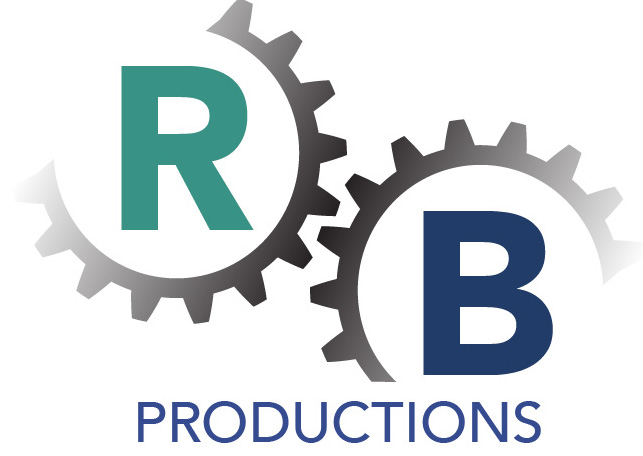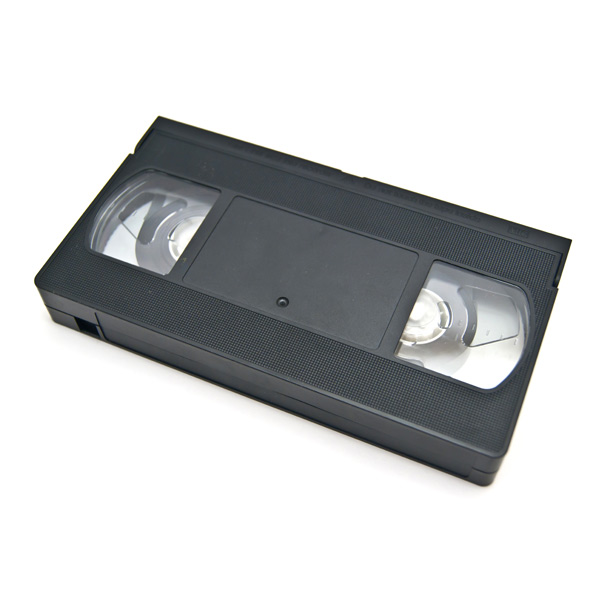Another Year Over, a New One Just Begun
As we reach the end of yet another year, it’s always illuminating to look back over the year just concluding to see what happened, what didn’t happen, what was accomplished, and what lessons can be learned for application to the year just beginning.
For me, 2023 was a year of transition, mostly marked by technological transition. In a prior post I detailed about how, last summer, I replaced my aging 27″ iMac. At the risk of sounding repetitive, allow me to briefly retell that story, now in the light of an end-of-year review.
Last summer my trusty 27” iMac died a painful digital death when two of its four internal disc drives failed. Although surprised by this occurrence, I gradually accepted the fact that after 33,000 plus hours of constant use over 9 years, disc drive failure was inevitable. Unfortunately, and this is my major lesson learned for 2023, I neglected to run Time Machine backups on a regular basis and when the iMac died, I faced the grim prospect of data loss. (Lesson #2 learned: hardware is relatively cheap and can always be replaced. Data, on the other hand, can be priceless and in some cases irreplaceable. So the wise person should act accordingly).
When I realized, after several trips to the Apple store Genius Bar, that my iMac’s hardware situation was hopeless, I took the plunge and bought a powerful new Mac Studio with 4 TB SSD and 64GB of RAM. I matched that with the pricey but beautiful Apple Studio Display and, along with a few adaptors, I was back in business from a hardware standpoint. Although it was this hardware failure that forced my hand, I was actually glad to make a long overdue technology upgrade to a new platform, this one based on the powerful Apple M2 chip. Nine years is several generations when it comes to computer technology, and I see now just how much I was missing with my 2014 vintage iMac in terms of features and performance.
With the new system sitting comfortably on my desk, my priority shifted to recovering the data off my old computer. After a little research and several calls, I found a firm in nearby Burlingame that was able recover all my data and deliver it to me on a portable drive. So now I was fully back in business, or at least I thought.
I say that because soon my system started acting up while editing videos. After more calls to Apple and more head-scratching, it was determined that my trusty RAID was also in the depths of disc failure. Again, this came as no surprise after 9 years of steady use. With the help of the good tech support people at OWC, I replaced the RAID assembly and two of the four disc drives, and ever since then I’ve been up and running with zero problems.
My last piece of technology upgrade was to finally replace my aging iPhone 8 with an iPhone 15 Pro Max. A few months ago, I blogged about the remarkable HDR quality of footage I shot on an iPhone 14, so now I’m looking forward to making my new iPhone 15 ProMax the center of my photo and video acquisition world. Having come from the era of bulky and very expensive video and photo cameras, it’s such a revelation for me to see the quality imagery that originates from what is essentially a consumer platform. As I get used to the iPhone 15 and start to build up a footage library, I’ll blog again with some of my observations.
Thinking back over the past year, and the realization of what every year now means to someone in my age group, I have a deepened understanding of what’s truly important in life, which I will now list in this order: family, time, health, friends, helping others, work. I’m grateful for all of these items and for the support and friendship extended to me from colleagues and clients. I wish everyone, and especially my blog post readers (and I know there are quite a few of you out there based on the feedback I receive) all the best in 2024. May it be a year of health, happiness, peace, fulfillment and achievement for us all.

